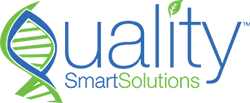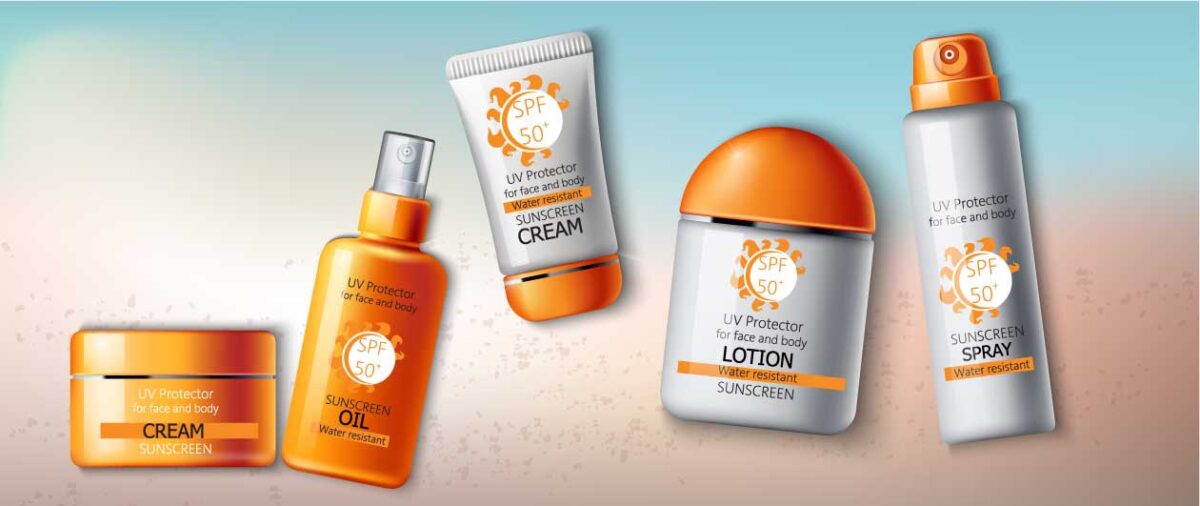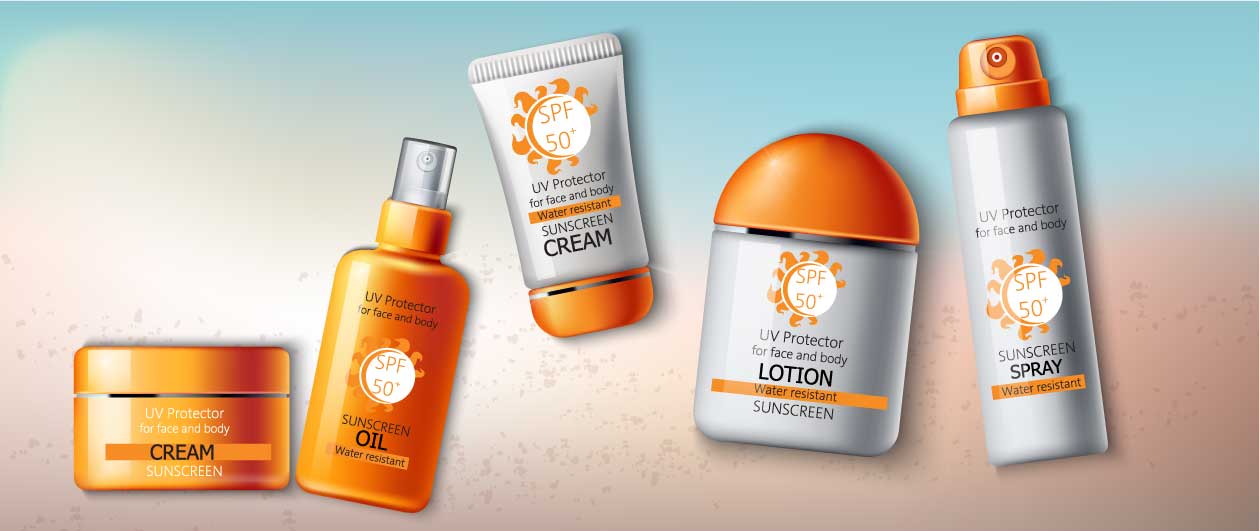
A new bill introduced in the U.S. Senate could significantly alter how food ingredient safety is assessed, especially when it comes to self-affirmed GRAS determinations. The proposed changes aim to address long-standing concerns about transparency and potential risks associated with allowing companies to determine the safety of ingredients without regulatory oversight.
On July 17, 2025, Senators Edward Markey and Cory Booker introduced the Ensuring Safe and Toxic-Free Foods Act, a legislative proposal targeting the FDA’s current Generally Recognized as Safe (GRAS) rule.
If passed, this bill would eliminate self-affirmed GRAS decisions, closing what lawmakers call a major loophole that allows companies to bypass FDA review for certain food additives. Read on to learn what this means for food manufacturers and importers.
What is self-affirmed GRAS?
Under current FDA guidelines, ingredients can be deemed GRAS either through FDA review or by a company-led evaluation, commonly referred to as self-affirmed GRAS. This allows businesses to conduct their own safety assessments without submitting the ingredient for FDA approval, as long as the ingredient is considered safe by qualified experts and used under intended conditions.
Critics argue this practice lacks transparency and can lead to conflicts of interest. According to Senator Markey, “Americans deserve to know the food on their kitchen tables is safe.”
What would the new bill change?
The proposed legislation would:
- Prohibit self-affirmed GRAS determinations
- Require all GRAS submissions to be reviewed and approved by the FDA
- Prevent ingredients linked to cancer or reproductive harm from being classified as GRAS
- Increase public access to ingredient safety data
To understand how the FDA currently defines and handles self-affirmed GRAS, visit the FDA’s official GRAS guidance page.
Why this matters to your business
If you’re a food manufacturer, distributor, or importer relying on self-affirmed GRAS determinations, this bill may significantly impact your product development and time-to-market. Without the option for self-affirmation, all GRAS ingredients would require formal FDA review, increasing both regulatory burden and approval timelines.
This shift also means more robust documentation, third-party safety assessments, and proactive compliance strategies will be necessary to avoid costly delays or enforcement.
How to prepare for the potential changes
While the bill has not yet passed, businesses can prepare by:
- Reviewing current GRAS ingredient lists to assess which were self-affirmed.
- Gathering robust safety data that aligns with FDA review standards.
- Partnering with regulatory experts who can help navigate potential FDA submissions.
At Quality Smart Solutions, we help companies stay ahead of regulatory shifts by providing strategic guidance and technical expertise in food compliance, GRAS evaluations, and ingredient approvals.
FAQ: Self-affirmed GRAS rule changes
Will self-affirmed GRAS still be allowed in 2025?
Yes, for now. The bill has only been introduced and would need to pass both the Senate and the House before becoming law. Even then, the FDA would require time to develop and implement updated regulations. Until that process is complete, self-affirmed GRAS remains in effect.
Is FDA review mandatory for GRAS ingredients today?
No, it is currently voluntary. However, the proposed changes would make FDA review compulsory.
How can I ensure my ingredients remain compliant?
By proactively preparing a full GRAS dossier and submitting for FDA review. Partnering with compliance experts like Quality Smart Solutions can simplify the process and reduce risk.
Final thoughts
The future of self-affirmed GRAS may be changing. This proposed legislation represents a major shift in food ingredient safety regulation. If passed, companies will need to adapt quickly to maintain compliance and avoid setbacks in product approvals.
Need help preparing? Contact us today or explore our GRAS compliance services to stay ahead of the curve.







